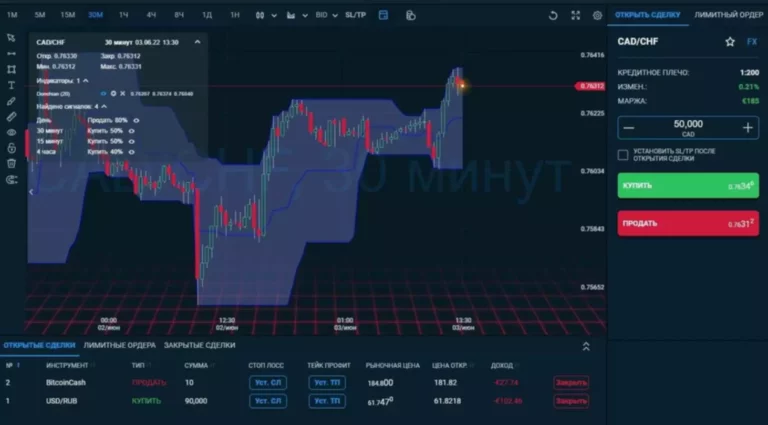Content
While PoW offers established security, PoS incentivizes honest behavior through staked crypto, potentially leading to a more decentralized network. Both have trade-offs, but PoS is emerging as a sustainable alternative. Proof of stake offers a unique security model https://www.xcritical.com/ compared to proof of work, which relies on miners’ computational power. PoS incentivizes honest behavior and discourages malicious activities by aligning validator interests with network security and creating a strong economic incentive for honest participation.
Ethereum’s Transition to Proof-of-Stake: Assessing the Impact on Energy Consumption and Network Security

The process of Cryptocurrency claiming these tokens will differ depending on the chain. If you hold ETH on a centralized exchange like Coinbase, the exchange will need to list forked tokens in order for you to claim your share (and it’s not at all clear if they will). Once a checkpoint gains a supermajority vote (two-thirds of the total staked ETH), it becomes justified. When its child checkpoint gets justified, it is upgraded to finalized and all previous epochs are also finalized.
Prominent Cryptocurrencies Using Proof-of-Work (PoW) Mechanisms

They also point out that PoS is a less battle-tested system than PoW, which has proven resilient as the backbone of the two largest blockchain networks. Ethereum, the second-largest blockchain network, completed its transition to a new system for processing transactions on Sept. 15, 2022. On the other hand, the invention of liquid staking derivatives has led to centralization concerns because a few large providers manage large amounts of staked ETH. This is problematic and what is proof of stake needs to be corrected as soon as possible, but it is also more nuanced than it seems.
Ethereum (ETH) Price Prediction For 2024, 2025, 2026 – 2030
High costs and slow transaction times are currently two of the main issues users have with the Ethereum network. The Ethereum Foundation, a prominent non-profit organisation that says it supports Ethereum, says the upgrade will pave the way for further blockchain updates that will facilitate cheaper transactions. Things aren’t going to change drastically as it’s an infrastructure upgrade. When a validator is down, they cannot participate in the consensus process.
This is prohibitively expensive and difficult to execute, protecting the chain from attacks. The energy required to “mine” using proof-of-work is a real-world asset that miners pay for. Proof-of-stake is a class of algorithm that can provide security to blockchains by ensuring that assets of value are lost by attackers who act dishonestly. Proof-of-stake systems require a set of validators to make some asset available that can be destroyed if the validator engages in some provably dishonest behavior.
In the proof-of-stake system Ethereum is slowly moving to, you put up 32 ether—currently worth $100,000—to become a validator. If you don’t have that kind of spare change on hand, and not many people do, you can join a staking service where participants serve as validators jointly. These countries need the power to keep their businesses running and their homes warm.
- Developers have set a soft target date for 15 September 2022, so mark your calendars.
- In essence, the difference between justified or finalized checkpoints depends on where it sits in the timeline.
- No one knows exactly what the cryptocurrency platform’s big upgrade has in store for the industry.
- The chance of being selected as a proposer of the next block is proportionate to the amount of tokens staked by a node.
- It enables the community to recover from an attacker finalizing a dishonest chain.
Since this is detrimental to the overall functioning of the network, it is penalized by the network via slashing. Finality is the time it takes to protect a transaction on the blockchain. Finality guarantees that a particular block in the blockchain cannot be changed or reversed. Proof of stake (PoS) is the underlying mechanism for Ethereum’s consensus algorithm.
Blocks are validated by more than one validator, and when a specific number of validators verify that the block is accurate, it is finalised and closed. Through a competitive race where miners compete to solve the puzzle, the miner who manages to solve the puzzle creates the new block and confirms the transactions, which are then placed in this block. The difficulty of the puzzle is adjusted up or down depending on how rapidly blocks are added to the network.
The reward, penalty and slashing design of the consensus mechanism encourages individual validators to behave correctly. However, from these design choices emerges a system that strongly incentivizes equal distribution of validators across multiple clients, and should strongly disincentivize single-client dominance. However, critics argue that the high staking requirement for validators may still favor wealthier participants, potentially leading to centralization concerns.
In fact, it was supposed to be the mechanism securing Ethereum from the start, according to the white paper that initially described the new blockchain in 2013. Ethereum uses 113 terawatt-hours per year—as much power as the Netherlands, according to Digiconomist. A single Ethereum transaction can consume as much power as an average US household uses in more than a week. At that point, those who have staked ether themselves will be able to withdraw their stake, along with whatever rewards it has accrued.
Proof of stake and proof of work, designed to validate and secure blockchain networks, are the two main consensus mechanisms used to process cryptocurrency transactions, but they still have their differences. There are also some actions that are very difficult to do accidentally and signify some malicious intent, such as proposing multiple blocks for the same slot or attesting to multiple blocks for the same slot. These are “slashable” behaviors that result in the validator having some amount of ether (up to 1 ETH) burned before the validator is removed from the network, which takes 36 days. The slashed validator’s ether slowly drains away across the exit period, but on Day 18 they receive a “correlation penalty” which is larger when more validators are slashed around the same time. The consensus mechanism’s incentive structure therefore pays for honesty and punishes bad actors. Both systems strive to achieve the same goal, but one uses a country’s worth of electricity, while the other simply requires participants to lock up coins.
Unlike banks, miners are used by miners that utilize hardware such as Application-Specific Integrated Circuits (ASICs), which are specialized to solve complicated algorithms efficiently. However, more participants join the mining process, which means competition drives up the total energy consumed. PoW makes the security against the 51% attack formidable (though certainly imperfect).
When a sufficient number of attestations for the block has been collected, the block is added to the blockchain. Validators receive rewards both for successfully proposing blocks (just as they do in PoW) and for making attestations about blocks that they have seen. For an emerging technology like blockchain, PoW has proven an extremely secure and trustworthy consensus mechanism. Miners are the individuals or entities that maintain the network by running and managing nodes (computers).

